In France’s Plastics Valley, researchers at the IPC Technical Center (Institut des Polymères et Composites) are testing a plastic recycling method using Supercritical CO₂. This high-pressure, high-temperature form of carbon dioxide acts both like a gas and a liquid. This technique could transform the way we recycle plastics, and make food-grade recycled materials a real possibility.
In the heart of France’s Plastics Valley, near Lyon, a transformative innovation is taking shape. The IPC Technical Centre (Institut des Polymères et Composites) in Oyonnax, with industry association Polyvia, is testing a promising new process for purifying recycled plastics. Using supercritical carbon dioxide (CO₂), this method could complement and enhance existing recycling technologies. This innovation aims to help industry meet ambitious regulatory targets and transition toward a truly circular plastic economy.
Plastics: Problems and Opportunity
Plastic pollution is one of the defining environmental challenges of our time. From ecosystem degradation to threats to human health, plastics have accumulated in terrestrial and marine environments, including the infamous Great Pacific Garbage Patch. Many of these materials may persist for up to 1,000 years.
Yet, despite increasing regulation and consumer awareness, plastic production continues to rise. The industry is not aiming to eliminate plastics, but rather to render their life cycle more sustainable and circular. Whether this is realistic remains debated—but in France’s Plastics Valley, efforts are underway to make it possible.
Explore our special dossier on Plastics
The IPC and the Strategy of the “3Rs”
At the center of this transformation is IPC, the French technical center dedicated to plastics and composites. It supports SMEs and industrial stakeholders with innovative platforms to adapt processes to meet current and future regulatory requirements—particularly the 3R Strategy: Reduce, Reuse, Recycle.
What is the 3R Strategy?
The 3R Strategy stems from France’s Loi AGEC and the EU’s 2019 Single Use Plastics Directive. It targets the phase-out of single-use plastic packaging by 2040 and is structured around three pillars:
- Reduction: Decreasing the quantity of plastic used, especially at the design stage, without compromising performance.
- Reuse: Creating systems to reuse packaging multiple times for the same purpose, requiring innovation in eco-design, collection, cleaning, and logistics.
- Recycling: Converting plastic waste into new raw materials. This includes both mechanical and chemical recycling—but also newer, emerging technologies.
Key Targets Include:
- 20% reduction of single-use packaging by 2025, half through reuse.
- 100% recyclability of plastic packaging by 2025.
- 10% of packaging to be reusable by 2027.
- Full alignment with EU regulations as of January 2025 under the PPWR (Packaging and Packaging Waste Regulation).
IPC’s Technical Platforms For Plastic Reusability
IPC provides technical platforms that allow manufacturers to test the reusability and recyclability of plastic packaging, among other innovations.
One of the key initiatives at IPC is a dedicated platform for testing reusable food packaging. This facility simulates the full lifecycle of ready-meal containers. This includes processes such as washing, disinfection, and drying, to ensure they can be safely reused for the same purpose.
The reuse testing line, operational since 2024, enables manufacturers to evaluate packaging durability under repeated washing cycles and assess drying efficiency. This last step is essential step as improperly dried plastics can become breeding grounds for bacteria.
During our visit, we observed a washing tunnel equipped to test polypropylene trays under varying conditions (temperature, detergent type, and water pressure). The tunnel uses spray-based cleaning, which is suitable for solid food containers but incompatible with cosmetic bottles, which require immersion for thorough sanitation.
In a separate station, a cobot simulates knife marks and abrasions to test the mechanical resistance of the packaging after repeated use.
This pilot project is being developed in partnership with CITEO. Launched earlier this year, the first results are still pending.
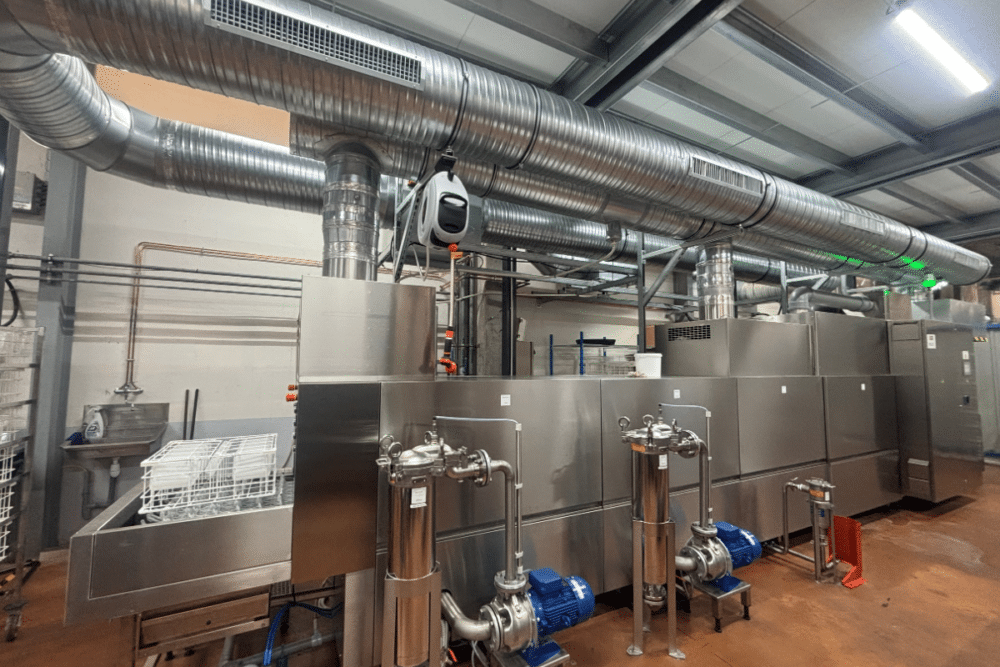
Supercritical CO₂: A Third Path for Plastic Recycling?
Beyond mechanical and chemical recycling, IPC is also developing what they call a third pathway for improving the quality of recycled plastic—purification using supercritical carbon dioxide (CO₂). This process does not alter the polymer’s molecular structure but removes unwanted substances, thereby increasing the plastic’s potential for high-value reuse, including food-grade applications.
“We aim to develop high-quality mechanical recycling processes capable of producing purified, reusable materials,” says Dr. Florence Isnard, Project Manager, Materials & Recycling, IPC
Currently, the plastics industry relies primarily on two established recycling methods.
The first is mechanical recycling, widely used for over 15 years, particularly in processing PET from beverage bottles. While energy-efficient, this method has its limitations.
As Gilles Dennler, Director of Research at IPC, explains:
“The strength of mechanical recycling lies in its low energy consumption. However, its main limitation is that it does not alter the polymer at the molecular level. As a result, it cannot fully eliminate the ‘history’ of the plastic—contaminants or additives accumulated during its lifecycle.”
The second approach is chemical recycling, which operates at the molecular level by breaking down polymer chains and restructuring them.
“We break the polymer down, fundamentally altering its chemical structure. This allows us to purify the material—effectively bringing it back to a raw state, similar to virgin petrochemical feedstock,” Dennler notes.
However, the environmental footprint of chemical recycling is significantly higher than that of mechanical recycling, making it less appealing from a sustainability standpoint.
Why Supercritical CO₂?
This challenge has led researchers to explore supercritical CO₂ as a promising third pathway—a complementary process that enhances the performance and purity of recycled plastics without the drawbacks of full chemical transformation.
Supercritical CO₂ is a unique state of matter achieved at high temperature and pressure—above 31°C and 74 bars—where CO₂ behaves both like a gas and a liquid. In this state, it becomes a powerful solvent, capable of penetrating plastic and dissolving various additives, plasticizers, or contaminants.
This method is already widely used in other industries, such as decaffeination and the extraction of essential oils. IPC is now applying it to plastics.
A pilot project launched in France, with funding notably from Citeo, enabled the first real-world tests of supercritical CO₂ technology on post-consumer plastics. Following these initial results, IPC entered into a strategic partnership with SFE Process, a leading manufacturer of supercritical CO₂ equipment, to move toward industrial-scale deployment.
This collaboration has already borne fruit:
“It led to the installation of the largest machine of its kind in Europe—a kind of industrial-scale pressure vessel or ‘giant pressure cooker’ designed to treat plastic materials using this innovative process,” Dennler stated.
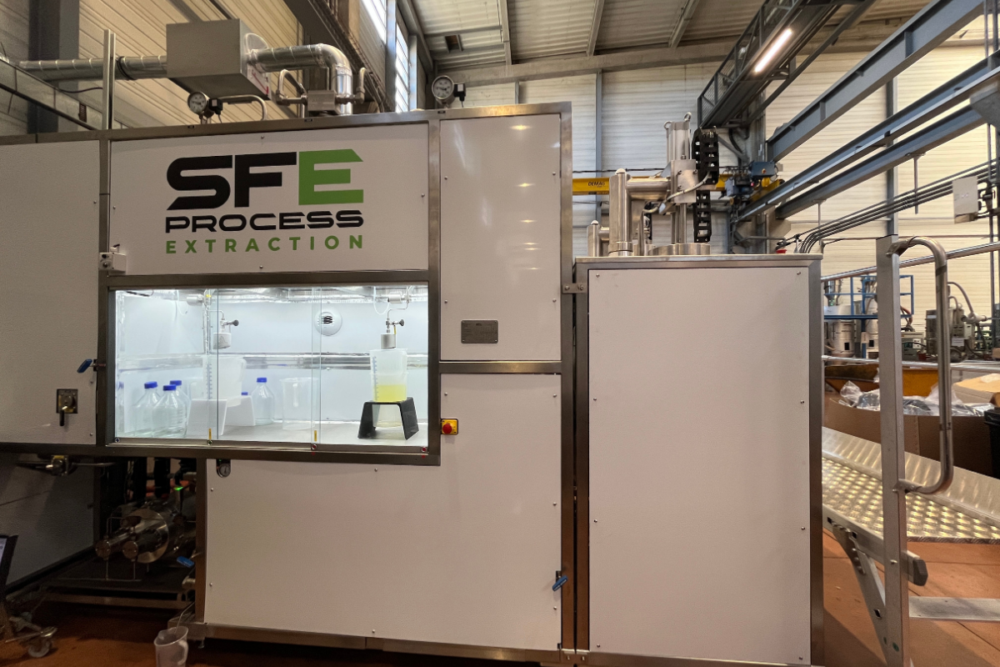
A Process Overview
During our visit, we observed the supercritical CO₂ purification system in operation—an advanced, multi-step process that transforms mechanically recycled plastic granules into higher-purity materials suitable for more demanding applications.
The process begins with granules derived from mechanical recycling, which are placed into two stainless steel autoclaves, each with a capacity of 100 liters and filled to approximately 80%. These autoclaves are hermetically sealed and connected to a pressurized CO₂ circuit.
The carbon dioxide, initially stored in cylinders at 50 bars, is first liquefied through cooling, then compressed to very high pressures, reaching up to 750 bars. It is then heated via specialized heat exchangers, pushing it into a supercritical state—a unique phase in which CO₂ exhibits both gas-like diffusivity and liquid-like solvating power.
Once in this supercritical condition, the CO₂ is introduced into the autoclaves, where it circulates vertically through the plastic material. This enables it to penetrate the polymer matrix and extract a range of targeted substances, such as additives, plasticizers, and organic contaminants. These extracted molecules are subsequently collected and analyzed, ensuring that only the undesirable compounds are removed, without compromising the integrity or properties of the base polymer. The extracted material, once analysis is complete, is discarded.
After each purification cycle, the autoclaves are cleaned with ethanol, preparing them for the next batch and ensuring consistency in results.
“Depending on the density of the supercritical CO₂—controlled by adjusting temperature and pressure—we can selectively extract either volatile or dense molecules,” Dr. Géraldine Cabrera, explains.
Each plastic type requires specific “recipes” for pressure and temperature. For instance, polyethylene from agricultural films differs significantly from PVC. On PVC, the method has already demonstrated the ability to remove toxic plasticizers.
For applications involving food contact, a 90% purification threshold is required for reauthorization. While testing currently requires physical sampling for analysis, IPC aims to automate this process in the near future.
Strengths and Limitations
According to Dennler, this technique could even be capable of recycling old plastics, such as those from the 1970s, which we still don’t know how to handle. Time will tell.
However, this technique does not bypass mechanical recycling. The system assumes that plastic granules obtained from mechanical recycling are already available. Therefore, it’s not strictly speaking an independent third method, but rather a complementary process to mechanical recycling, aimed at purifying plastic. But it fills a crucial gap: quality enhancement, particularly for materials already deemed food-grade.
As for its environmental profile, IPC remains cautious about releasing figures, but Dennler said:
“We are very confident that it is significantly less impactful than chemical recycling.”
Regarding its economic cost, Dennler does not hide the fact that the technology is more expensive than mechanical recycling, but their goal is for it to be cheaper than full chemical depolymerization.
Beyond IPC: A Broader Search for Solutions
IPC is not alone in exploring new recycling alternatives. At IFPEN, researchers are working on a chemical process for recycling PT indefinitely.
Other labs are experimenting with enzymatic recycling, while some Chinese researchers are designing “living plastics” embedded with spores that degrade the material naturally—a concept recently published in Nature.
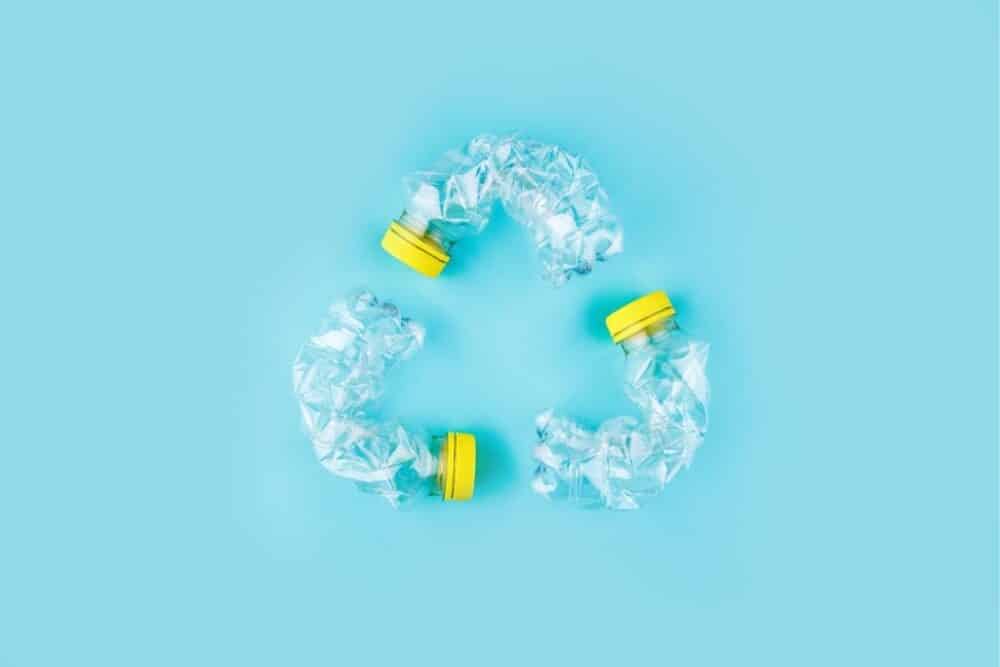





![Image [BUYING GUIDE] How to Choose the Right Industrial Robot?](/wp-content/uploads/sites/3/Industrial-Robot-320x213.jpg)
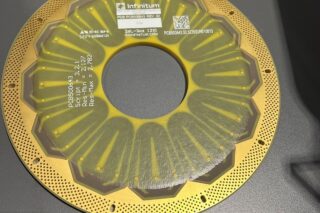
![Image [Buying Guide] How to Choose the Right Safety Shoes?](/wp-content/uploads/sites/3/Safety-Shoes-320x213.jpg)
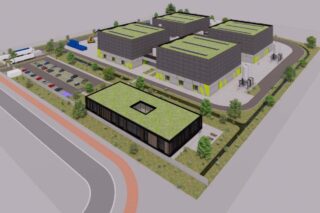
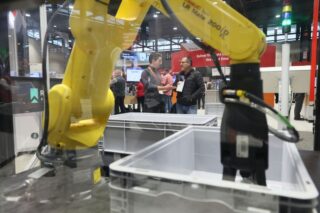
![Image [Buying Guide] How to Choose the Right AMR?](/wp-content/uploads/sites/3/AMR-320x213.jpg)